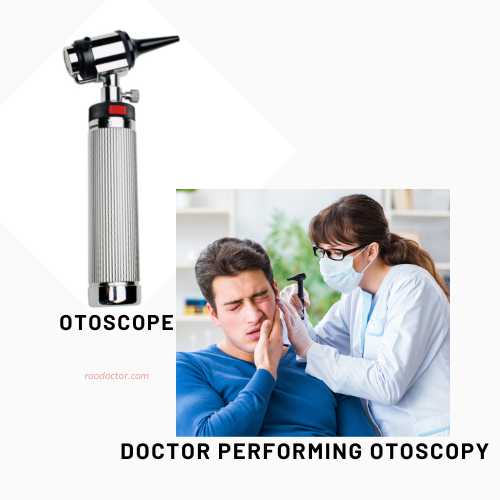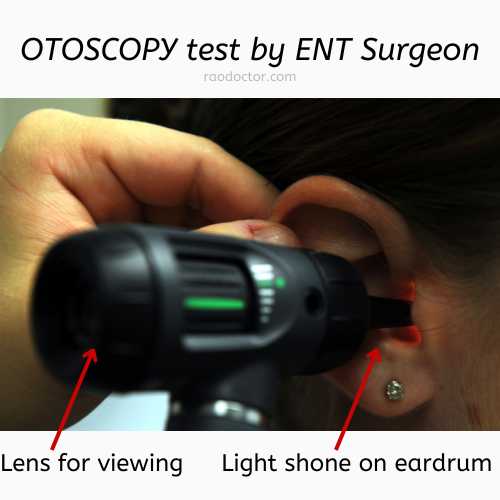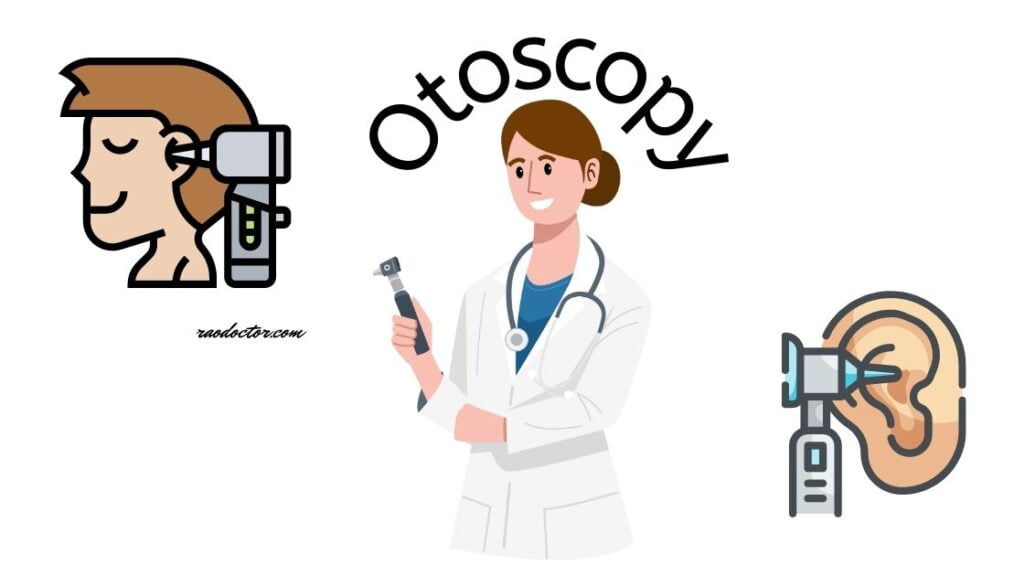What is Otoscopy?
In my article on Ear Infections, I had mentioned Otoscopy as the first method to diagnose many problems with ear/s such as otitis externa and otitis media.
Are you curious to know what is about otoscopy and its uses? Well, Otoscopy is a procedure used to examine the ear canal and eardrum.
It involves using an otoscope, which is a handheld instrument with or without a light and a magnifying lens [as shown below]. The otoscope allows the doctor to visualize any abnormalities or issues in the ear.

What are the uses of Otoscopy?
Otoscopy has a wide range of uses, from diagnosing ear infections to removing foreign objects from the ear canal.
It can also be used to assess hearing loss or damage to the eardrum caused by loud noises or trauma.
The procedure is quick and painless, making it an ideal option for both adults and children.
One of the most important things about otoscopy is its ability to provide real-time feedback. The doctor can see exactly what is happening in the ear canal and make adjustments as needed. This means that treatment can be tailored to each patient’s unique needs and circumstances.
The uses of otoscopy are numerous and exciting. Firstly, it can help diagnose ear infections, which are common in both children and adults.

By examining the ear canal and eardrum, doctors can determine if there is an infection present and decide on the best course of treatment.
Otoscopy can also be used to remove earwax buildup, which can cause hearing problems if left untreated.
Additionally, otoscopy is helpful in diagnosing other ear-related problems such as ruptured eardrums, tinnitus, and Meniere’s disease.
Overall, otoscopy is an essential tool in the field of medicine. It allows doctors to accurately diagnose and treat a variety of ear-related issues quickly and efficiently. So, if you ever need an ear examination, rest assured that otoscopy is a safe and effective option!
How does an Otoscopy help with ear infections?
Otoscopy is an amazing medical technology that has revolutionized the way ear infections are diagnosed and treated.
With otoscopy, doctors and other medical professionals can easily examine the inside of the ear using an otoscope.
This device has a tiny camera on the end of a long, thin tube that is inserted into the ear canal. The camera sends high-quality images of the ear canal and eardrum to a screen, allowing the doctor to see any abnormalities or infections.
Overall, otoscopy is an incredibly useful tool in the medical field that has transformed the way we diagnose and treat ear problems. Its uses are vast, and its benefits cannot be overstated. Whether you’re a doctor or a patient, otoscopy is a valuable tool that can help you achieve better health outcomes.
Otoscopy is an essential diagnostic tool used by medical professionals like ENT surgeons to examine the ear canal and eardrum. With the help of an otoscope, doctors can easily identify any abnormalities or infections in the ear. This technique has revolutionized the way doctors diagnose and treat ear conditions. The best part about otoscopy is that it’s non-invasive and painless, making it a comfortable procedure for patients of all ages.
The uses of otoscopy are vast and varied. It can be used to diagnose a range of ear-related conditions, including
- ear infections,
- earwax buildup,
- perforated eardrums, and
- foreign objects lodged in the ear canal.
Otoscopy is also used to monitor patients with hearing aids or cochlear implants. With this technique, doctors can ensure that these devices are properly fitted and functioning as they should be.
Otoscopy has come a long way since its inception. Today, otoscopes come in different sizes and shapes, and some even have built-in cameras for better visualization. This technology has made otoscopy even more accurate and efficient. With its many uses and advancements, otoscopy is a valuable technique that has transformed the way we diagnose and treat ear conditions.
Some other similar investigations to diagnose ear ailments are Audiometry and Tympanometry I have published this recently and you can go through them.
Otoscopy Share on X